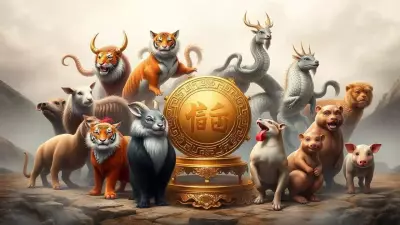
For ten remarkable years, a profound cultural movement has been breathing new life into India's ancient artistic traditions, with Kuchipudi dance leading this magnificent renaissance. This decade-long journey represents more than just artistic preservation—it signifies a powerful revival of Indian cultural identity in contemporary living spaces.
The Decade-Long Journey of Kuchipudi Excellence
The initiative began with a clear vision: to bring the elegance and spiritual depth of Kuchipudi, one of India's most revered classical dance forms, into the mainstream consciousness. Over these ten years, numerous students have immersed themselves in this ancient art, learning not just the physical movements but the rich cultural heritage and philosophical foundations that make Kuchipudi unique among Indian classical dances.
The program has successfully trained hundreds of dancers, many of whom have become ambassadors of this art form both within India and internationally. What started as a small endeavor has blossomed into a comprehensive movement that includes regular performances, workshops, and educational programs designed to make this classical art accessible to people from all walks of life.
Reviving Multiple Indian Art Forms
While Kuchipudi remains at the heart of this cultural revival, the movement has expanded to embrace various other traditional Indian art forms. The approach recognizes that India's cultural tapestry is woven from multiple artistic threads, each deserving preservation and promotion in the modern era.
Traditional music, handicrafts, textile arts, and folk traditions have all found renewed interest and participation through this initiative. The integration of these diverse art forms creates a holistic cultural experience that resonates particularly well with younger generations who are increasingly seeking connections to their heritage.
The revival extends beyond performance to include the documentation and preservation of rare artistic techniques and compositions that risk being lost to time. Master artists and gurus play a crucial role in this preservation, ensuring that authentic traditions continue to thrive rather than becoming diluted versions of their original forms.
Impact on Modern Indian Living
Perhaps the most significant achievement of this decade-long effort is how successfully it has integrated traditional arts into contemporary Indian lifestyles. Rather than positioning classical arts as relics of the past, the movement demonstrates their relevance and beauty in modern contexts.
Urban centers across India have witnessed growing interest in incorporating traditional artistic elements into daily life—from home decor inspired by traditional motifs to the inclusion of classical music and dance in modern entertainment and wellness practices. This represents a meaningful shift toward cultural pride and identity among Indians, particularly in metropolitan areas where Western influences have historically dominated.
The movement has also created new economic opportunities for artists, with increased demand for performances, classes, and artisanal products. This economic viability ensures that traditional arts can sustain themselves without relying solely on government support or philanthropic funding.
As this cultural initiative enters its second decade, its founders and participants remain committed to deepening the connection between Indians and their artistic heritage. The success of the past ten years serves as both inspiration and foundation for future efforts to ensure that India's magnificent artistic traditions continue to flourish for generations to come.





